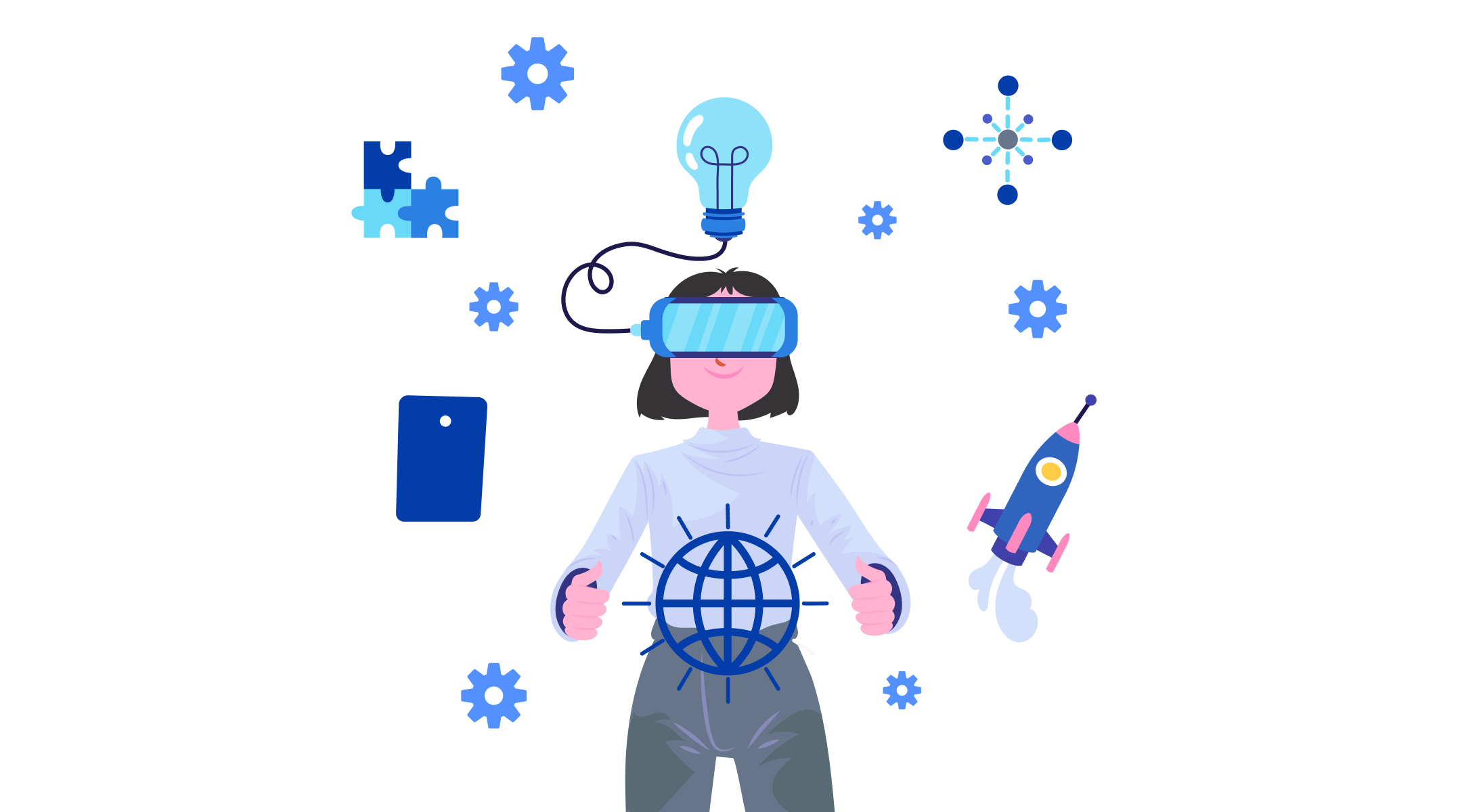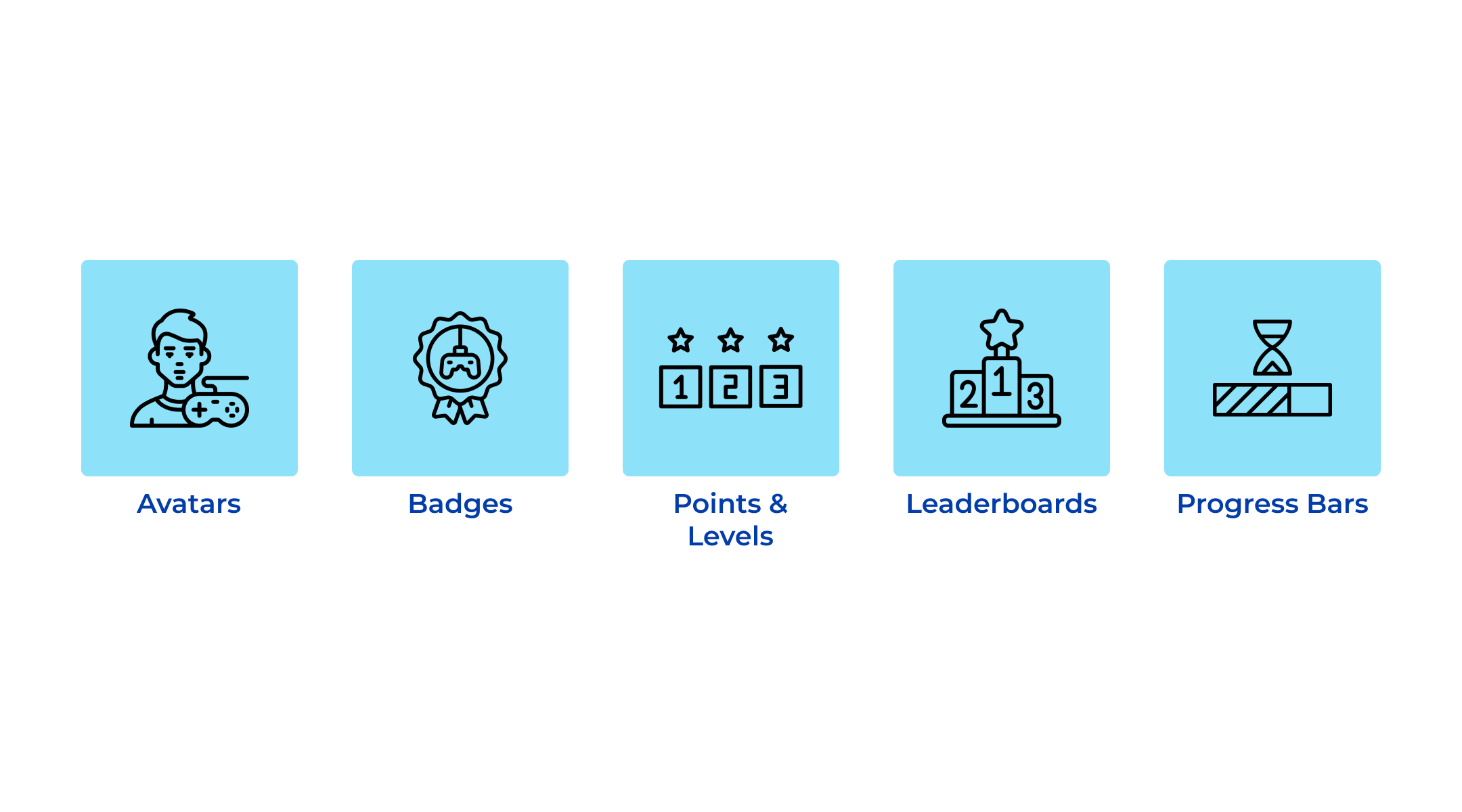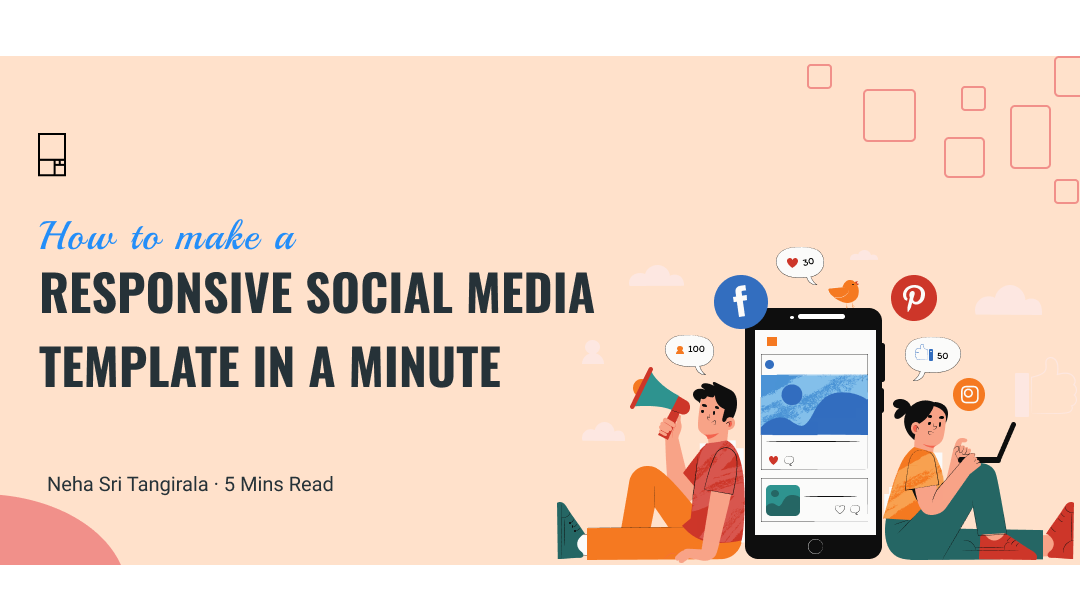Gamification of Applications: A Way to Amplify User Experience
With the growth of the IT industry and the number of products that are being designed and developed for the users, the users are spoilt for choice when it comes to accomplishing a task with the help of a digital product. Hence, it is no longer sufficient to build a product reach that helps users reach their goals. There is a need for digital products that drive user engagement and provide a reason for the users to return to the product repeatedly.
One way of achieving this is through the means of Gamification.
So, what is Gamification? Does it have anything to do with the different types of games that we play on a regular basis?
Well, when we think of games, our mind paints a picture of activities that are played out by us with the purpose of entertainment or stress relief.
These activities may be real-life games such as Football, Basketball, Monopoly, UNO, etc that provide us entertainment and, in some cases, some physical activity to improve our health.
Or, it may be video games such as Super Mario Bros, Road Rash, Counter-Strike, Candy Crush, Minecraft, Fortnite, etc that are played for our entertainment.
And what all these games have in common are certain mechanics such as points, leaderboards, progress bars, etc.
Gamification
With that understanding, Gamification is generally defined as the use of game mechanics in a non-game context.

These game mechanics are added in applications that don’t have much to do with respect to games. It is about bringing game-like elements to the application and making the overall usage of the application more fun and engaging.
The most commonly used game mechanics for the gamification of applications are as follows,
- Progress Bars: Progress Bars provide feedback to the user about their road towards completion of a task.
- Badges: Badges provide a method to showcase certain achievements and accomplishments.
- Points and Levels: Points are rewarded to the user for every action taken on the application and a series of tasks completed describe the completion of a Level.
- Leader boards: Leaderboards rank the users among their peers and provide feedback regarding their performance concerning others using the application.
- Avatars: Avatars provide a method for the user to showcase themselves digitally on the application.

Why Gamification?
So, now that we have an understanding of what Gamification is, it is necessary to understand why Gamification is useful when designing an application in modern times.
- First and foremost, using Gamification on applications increases user engagement with the application. Users keep coming back due to the game-like features of the application and keep interacting with the application.
- Having game elements in an application that is generally used to perform mundane or straightforward tasks will increase the number of users on the application.
- In addition to the second point, gamification increases the user’s motivation to perform mundane activities on the application due to the promise of points and rewards that comes along with the completion of a task.
- Also, by having users compete against one another on the application, it promotes healthy competition among the users.
But, the thing about good or effective gamification is that it can’t be achieved by just throwing on points, badges, leader boards onto any application.
Good gamification requires the designers to take into consideration the user’s behaviour and psychology when interacting with any application. Designers need to gain an in-depth understanding of the user’s frame of mind and the psychology behind every action taken or performed while using an application.
This is because, when it is done poorly, gamification has its drawbacks.
Providing constant rewards for every action on the application may condition people to work purely based on rewards.
And as an extension to the above-mentioned point, the user may feel less motivated to complete a task if those constant rewards are no longer offered to them.
Psychology of Gamification
Gamification impacts human emotions & behaviours and drives them to take a decision on an application.
When using any application, there is a lot of internal dialogue and thought process that goes on within the user.
Also, there are a lot of intrinsic as well as extrinsic motivations such as
- Having a sense of achievement
- Gaining rewards for task completion
- Setting goals and competing with peers to reach the goal
- Having a thirst for learning and exploration
- Working with peers to reach a collective goal
- Being able to achieve things others can’t
All these motivations drive a user towards taking an action on an application.
Therefore, it is vital to understand human behaviour in order to build an application that provides effective gamification to the user when they’re completing a task on any application.
That’s where the Octalysis Framework comes into the picture.



